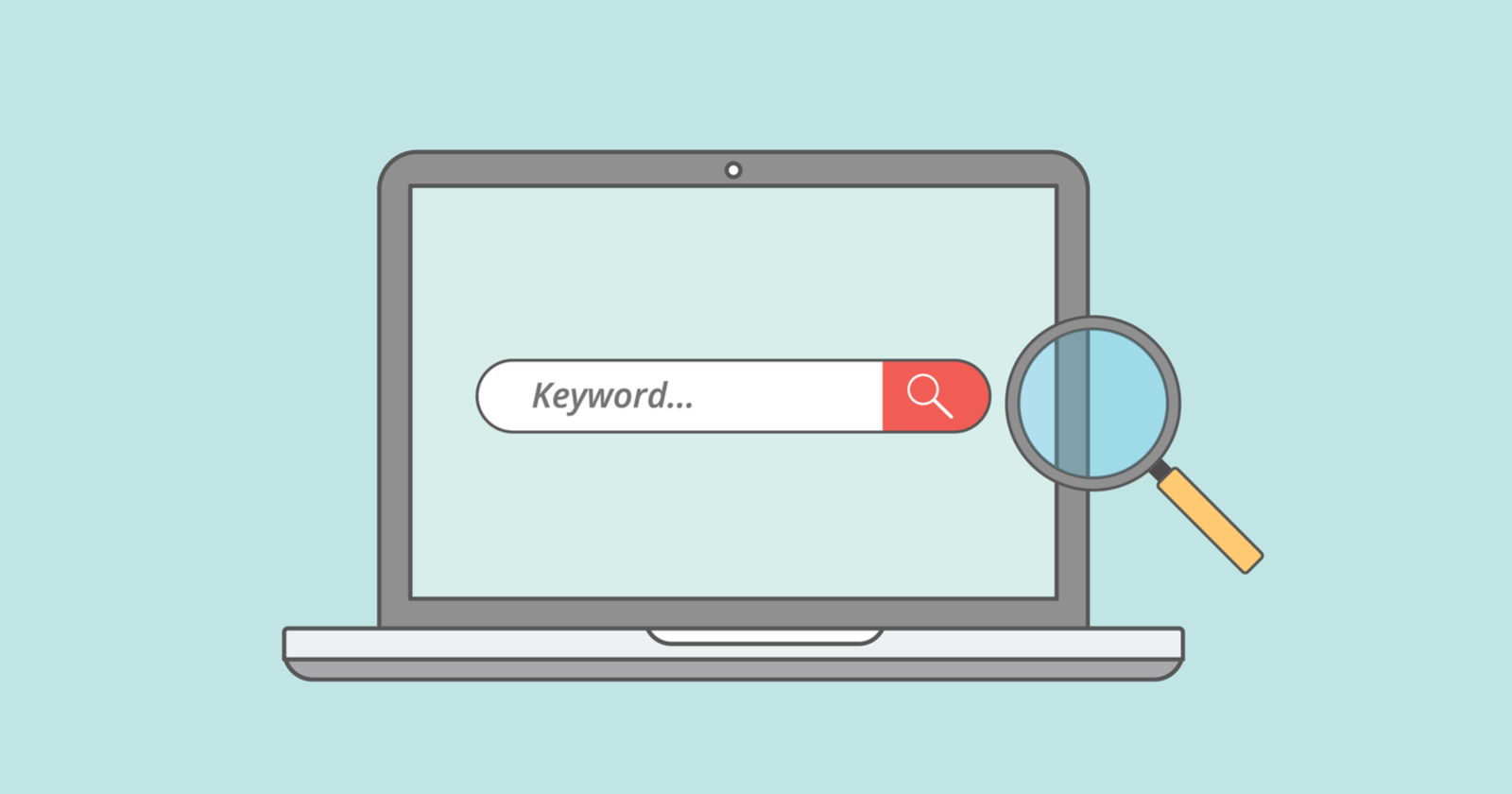With the ever-increasing competition in the online world, having a well-optimized website is essential to rank higher in search engineresults pages and attract more traffic to your site. On-page SEO, the process of optimizing individual web pages to improve their relevance and visibility, plays a crucial role in achieving this goal. By following on-page SEOtips, you can enhance the user experience, increase website traffic, and ultimately drive more conversions.
What Is On-Page SEO?

What is On-Page SEO - 2.1. SEO Course by Ahrefs
On-page SEOrefers to the process of optimizing individual web pages to improve their relevance and visibility in search engine results pages (SERPs). This involves optimizing various elements on the page, including content, HTML source code, and website architecture, to make it more search engine friendly and user-friendly. The ultimate goal of on-page SEO is to attract more relevant traffic to the website and improve user engagement and conversions.
On-page SEO techniques include optimizing page titles and meta descriptions, using header tags, incorporating relevant keywords, optimizing images and videos, internal and external linking, improving page load time, and making the website mobile-friendly.
Why Do We Use On-page SEO?
On-page SEO is used to optimize individual web pages in order to improve their visibility and ranking in search engine results pages (SERPs). By implementing on-page SEO techniques, you can make your website more user-friendly and search engine-friendly, which ultimately attracts more relevant traffic to your site.
On-page SEO helps search engines understand the content and structure of your website, making it easier for them to crawl and index your pages. This can lead to higher search engine rankings, which in turn can lead to more clicks, impressions, and conversions. In short, on-page SEO is used to enhance the user experience, increase website traffic, and drive more conversions.
What Are The Benefits Of On-Page SEO?
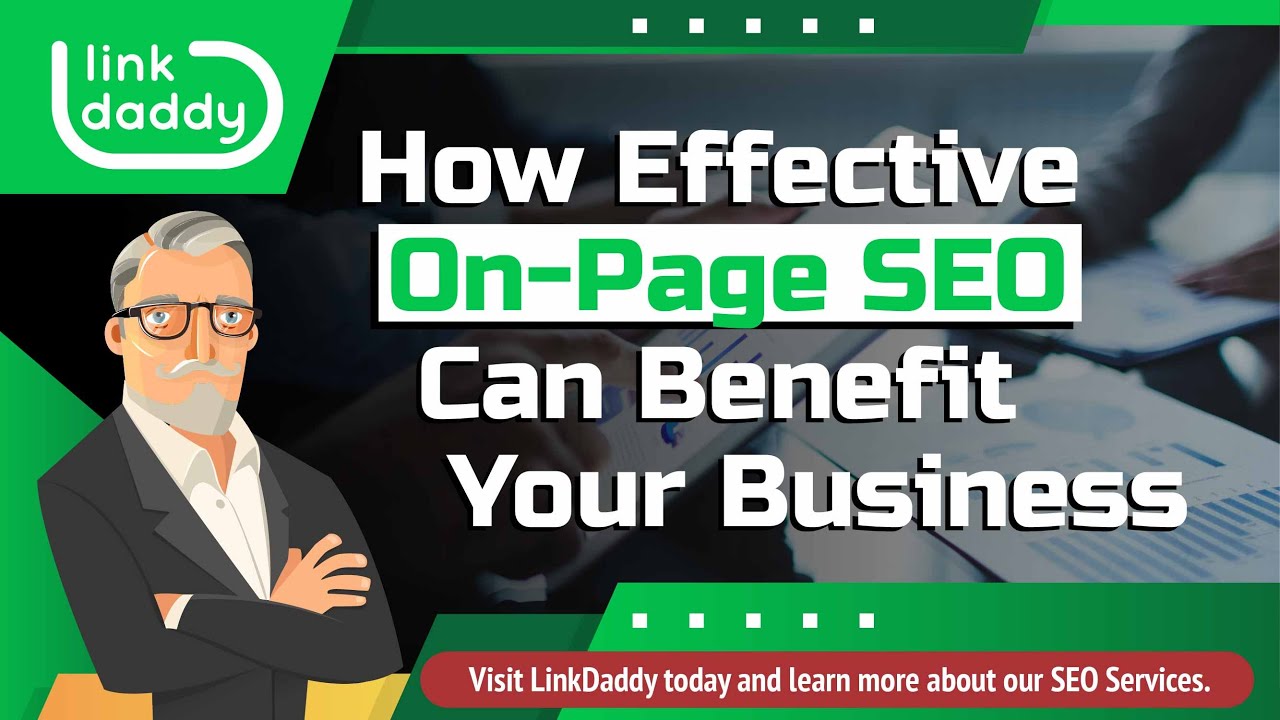
How Effective On-Page SEO Can Benefit Your Business
On-page SEO offers numerous benefits for website owners who want to improve their search engine visibility and attract more targeted traffic to their website. Here are some of the key benefits of on-page SEO:
- Higher search engine rankings -By optimizing individual web pages with on-page SEO techniques, you can improve their relevance and visibility in search engine results pages (SERPs), which can lead to higher search engine rankings.
- Increased website traffic -With higher search engine rankings, your website is more likely to receive clicks and impressions from search engine users, which can lead to increased website traffic.
- Improved user experience -On-page SEO techniques, such as optimizing page speed, improving website structure, and using descriptive titles and meta descriptions, can enhance the user experience and encourage users to spend more time on your website.
- Better conversion rates -With improved search engine rankings, increased traffic, and a better user experience, your website is more likely to convert visitors into customers or subscribers.
- Cost-effective -On-page SEO is a cost-effective way to improve website visibility and attract more traffic, as it doesn't require paid advertising or promotion.
How On-Page SEO Works?
On-page SEO works by optimizing various elements on a webpage to make it more search engine-friendly and user-friendly. The following are the key components of on-page SEO:
- Keyword research -Conduct keyword research to identify relevant and high-traffic keywords and phrases that can be incorporated into the web page's content, meta tags, and other elements.
- Page title and meta description optimization -Optimizing page titles and meta descriptions with relevant keywords and compelling copy to attract clicks from search engine users.
- Header tags optimization -Using header tags (H1, H2, H3, etc.) to structure the content and make it more readable for both users and search engines.
- Content optimization-Incorporating relevant and high-quality content that answers the user's search query and provides value.
- Internal and external linking -Including internal links to other pages on your website and external linksto high-authority websites to provide context and enhance user experience.
- Image optimization -Optimizing images with relevant file names, alt tags, and descriptions to improve website accessibility and provide additional context to search engines.
- Website speed optimization -Optimizing website speed to improve user experience and search engine rankings.
Follow These On-Page SEO Tips
Conduct Keyword Research
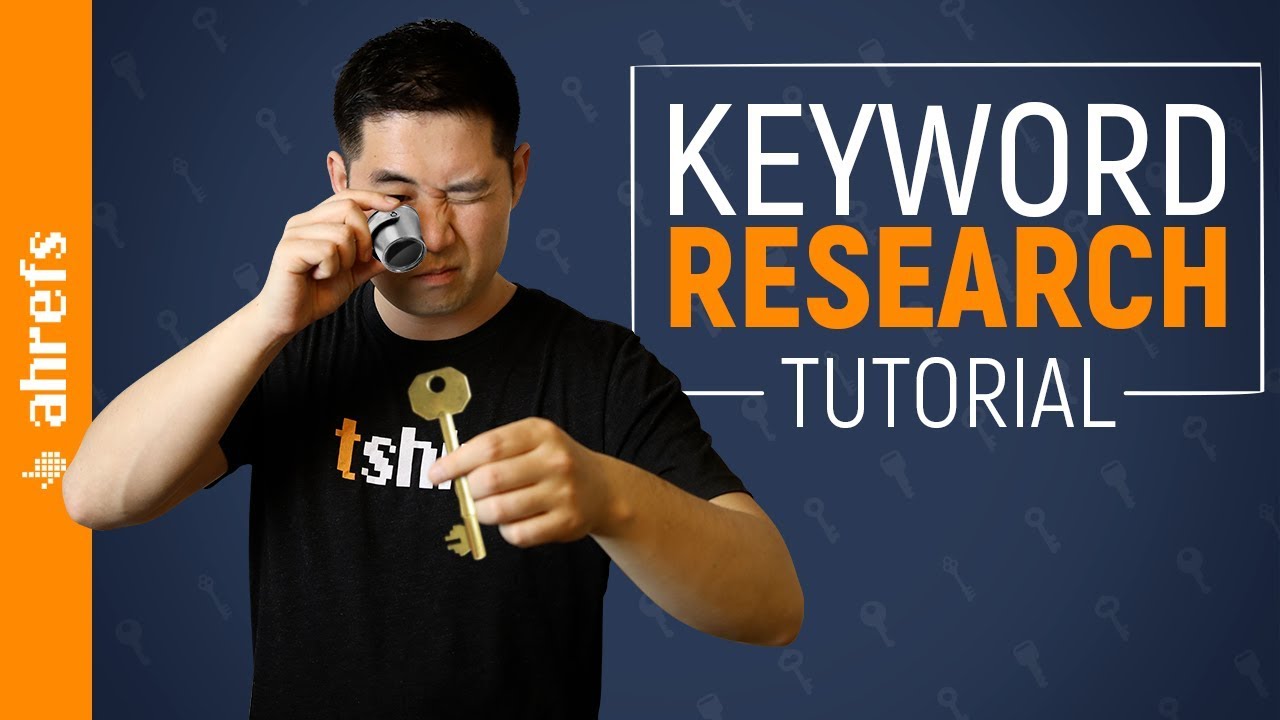
Keyword Research Tutorial: From Start to Finish
One of the key components of on-page SEO is conducting keyword research. Keyword research involves identifying the search terms and phrases that your target audience is using to find information or products related to your business. By incorporating these keywords into your website's content and structure, you can improve its relevance and visibility in search engine results pages (SERPs). Here are some tips for conducting effective keyword research:
- Identify your target audience -Understanding your target audience and their search behavior is essential to effective keyword research. Consider factors such as age, gender, location, interests, and search intent.
- Brainstorm seed keywords -Start by brainstorming a list of seed keywords related to your businessor industry. These can include product names, industry terms, and other relevant phrases.
- Use keyword research tools -There are several keyword research tools available that can help you identify high-traffic and relevant keywords for your website. Some popular tools include Google Keyword Planner, SEMrush, and Ahrefs.
- Analyze keyword difficulty -Consider the competition level for each keyword you're targeting. Keywords with high competition may be more difficult to rank for, while keywords with low competition may be easier to rank for.
- Choose long-tail keywords -Long-tail keywords are longer, more specific phrases that typically have lower competition but higher relevance to the user's search intent. Consider incorporating long-tail keywords into your content and meta tags.
Optimize Page Titles And Meta Descriptions
Optimizing page titles and meta descriptions is another important aspect of on-page SEO. Page titles and meta descriptions provide a brief summary of what a webpage is about and can influence whether or not a user clicks through to your website from search engine results pages (SERPs). Here are some tips for optimizing page titles and meta descriptions:
- Include relevant keywords -Incorporate relevant keywords into your page titles and meta descriptions to improve their relevance to the user's search intent.
- Make it compelling -Your page title and meta description should be compelling and encourage users to click through to your website. Use language that highlights the benefits of your content or product.
- Keep it concise -Page titles should be no more than 60 characters, while meta descriptions should be no more than 155 characters. This ensures that your content is fully displayed in SERPs and improves readability.
- Avoid duplicate content -Avoid using duplicate page titles and meta descriptions across your website, as this can confuse search engines and harm your website's visibility.
- Use branding-Incorporate your business or brand name into your page titles and meta descriptions to improve brand recognition and attract loyal customers.
Use Header Tags Properly
Header tags (H1, H2, H3, etc.) are HTML elements that define the headings and subheadings of a webpage. Proper use of header tags not only makes your content more readable for users, but it also helps search engines understand the structure and hierarchyof your content. Here are some tips for using header tags properly:
- Use H1 for the main heading -The H1 tag should be used for the main heading of your webpage, and it should include your primary target keyword.
- Use H2 for subheadings -Use H2 tags for subheadings and section headings within your content. These subheadings should also include relevant keywords where appropriate.
- Use H3-H6 for sub-subheadings -Use H3-H6 tags for sub-subheadings or additional levels of hierarchy within your content. These tags can help organize your content and improve readability.
- Don't use header tags for formatting -Avoid using header tags for formatting purposes, such as making text bold or italic. These elements should be formatted using CSS.
- Use header tags consistently -Consistency is key when it comes to using header tags. Make sure to use them consistently throughout your content to improve readability and help search engines understand the structure of your content.
By using header tags properly and consistently, you can improve the readability and structure of your content, which can help improve search engine visibility and user engagement.
Optimize Content With Keywords
Optimizing your content with relevant keywords is a crucial aspect of on-page SEO. By incorporating keywords into your content, you can improve its relevance and visibility in search engine results pages (SERPs). However, it's important to use keywords in a way that is natural and doesn't sacrifice the quality of your content. Here are some tips for optimizing your content with keywords:
- Use relevant keywords -Incorporate relevant keywords into your content that are related to your business or industry. These can include product names, industry terms, and other relevant phrases.
- Focus on long-tail keywords -Long-tail keywords are longer, more specific phrases that are less competitive but have higher relevance to the user's search intent. Focus on incorporating long-tail keywords into your content where appropriate.
- Don't overuse keywords -Keyword stuffing, or using a high number of keywords in your content in an unnatural way, can harm your website's search engine visibility. Make sure to use keywords in a way that is natural and doesn't sacrifice the quality of your content.
- Incorporate keywords into headings and subheadings -Incorporate keywords into your headings and subheadings to improve the relevance and hierarchy of your content.
- Use keyword variations -Use variations of your primary target keyword throughout your content, including synonyms and related phrases, to improve the relevance and diversity of your content.
By optimizing your content with relevant keywords in a natural way, you can improve its relevance and visibility in search engine results pages (SERPs), attract more targeted traffic, and drive more conversions.
Include Internal And External Links
Internal and external links are important elements of on-page SEO that can help improve the visibility and credibility of your content. Here are some tips for including internal and external links in your content:
- Include internal links -Internal links are links that point to other pages on your website. Including internal links in your content can help improve the user experience by allowing visitors to easily navigate to other relevant pages on your site. Internal linking also helps search engines understand the hierarchy and structure of your content.
- Include external links -External links are links that point to other websites or resources. Including external links in your content can help establish your website as a credible source of information and improve the relevance of your content. However, make sure to link to reputable sources and avoid linking to low-quality or spammy websites.
- Use descriptive anchor text -Anchor text is the text that is used for a link. Make sure to use descriptive and relevant anchor text for both internal and external links to help users and search engines understand what the link is about.
- Don't overdo it -Avoid including too many links in your content, as this can make it look spammy and harm your search engine visibility. Instead, focus on including relevant and useful links that enhance the user experience and improve the relevance and credibility of your content.
By including internal and external links in your content, you can improve the user experience, establish your website as a credible source of information, and improve the relevance and visibility of your content in search engine results pages (SERPs).
Optimize Images
Images can add visual interest to your content and improve the user experience, but they can also impact your website's search engine visibility. Here are some tips for optimizing images for on-page SEO:
- Choose relevant images -Choose images that are relevant to your content and help enhance the user experience. Avoid using stock images that are not relevant or do not add value to your content.
- Optimize image file names and alt text -Use descriptive and relevant file names and alt text for your images. This can help search engines understand the content of your images and improve their relevance in search results.
- Compress image files -Compress your image files to reduce their size and improve page load times. This can improve the user experience and also signal to search engines that your website is fast and efficient.
- Use responsive images -Use responsive images that can adjust to different screen sizes and devices. This can improve the user experience on mobile devices and also signal to search engines that your website is mobile-friendly.
- Include images in sitemaps -Include images in your website's XML sitemap to help search engines discover and index them. This can improve their visibility and relevance in search results.
By optimizing your images for on-page SEO, you can improve the user experience, increase the relevance and visibility of your content in search engine results pages (SERPs), and improve your website's overall search engine visibility.
Make Your Website Mobile-Friendly
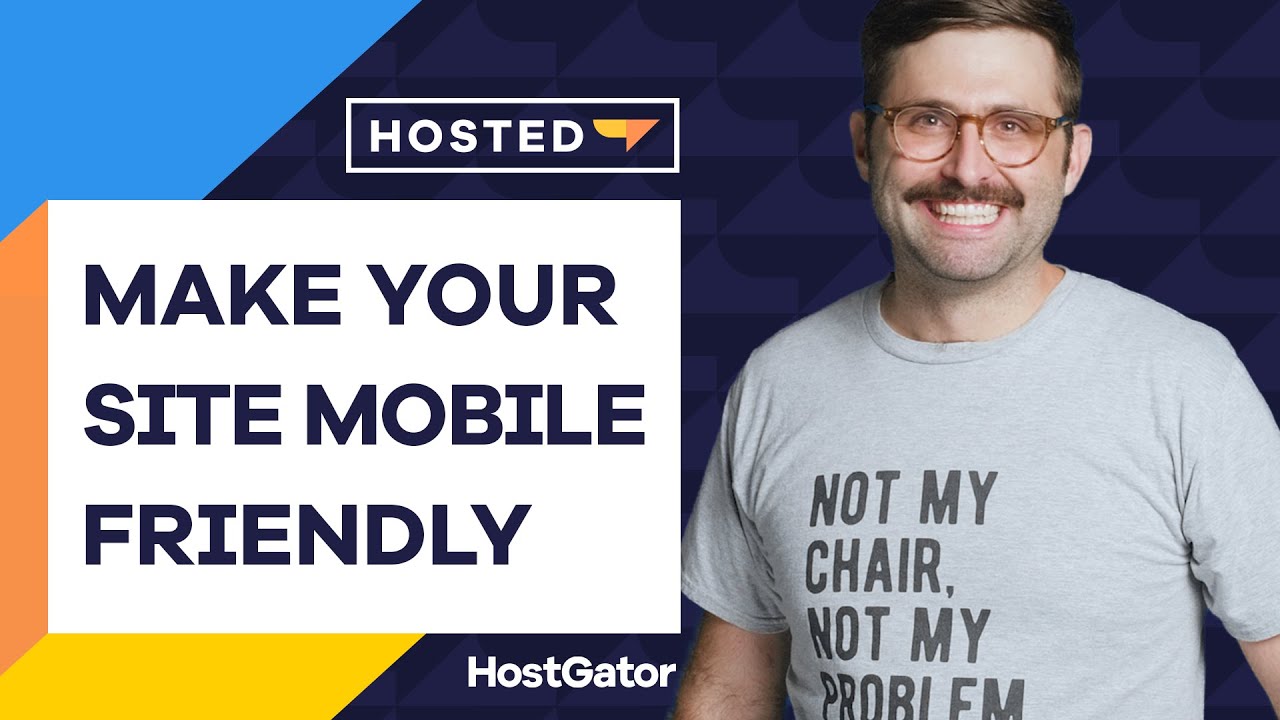
How to Make Your Website Mobile Friendly - Top 5 Steps
With the rise of mobile devices, having a mobile-friendly website has become essential for on-page SEO. Here are some tips to ensure your website is mobile-friendly:
- Use responsive design -Use a responsive design that can adapt to different screen sizes and devices. This can help ensure that your website looks and functions well on mobile devices.
- Optimize font sizes and spacing -Use font sizes and spacing that are easy to read on smaller screens. Make sure to test your website on different devices to ensure that the font sizes and spacing are appropriate.
- Use mobile-friendly navigation -Use navigation that is easy to use on smaller screens. Avoid using dropdown menus and instead, use a mobile-friendly navigation menu that is easy to use and navigate.
- Minimize pop-ups -Minimize the use of pop-ups on mobile devices, as they can be difficult to close and can harm the user experience.
By making your website mobile-friendly, you can improve the user experience and ensure that your website is accessible and easy to use on all devices. This can also improve your website's search engine visibility, as search engines prioritize mobile-friendly websites in their search results.
Improve Page Load Time
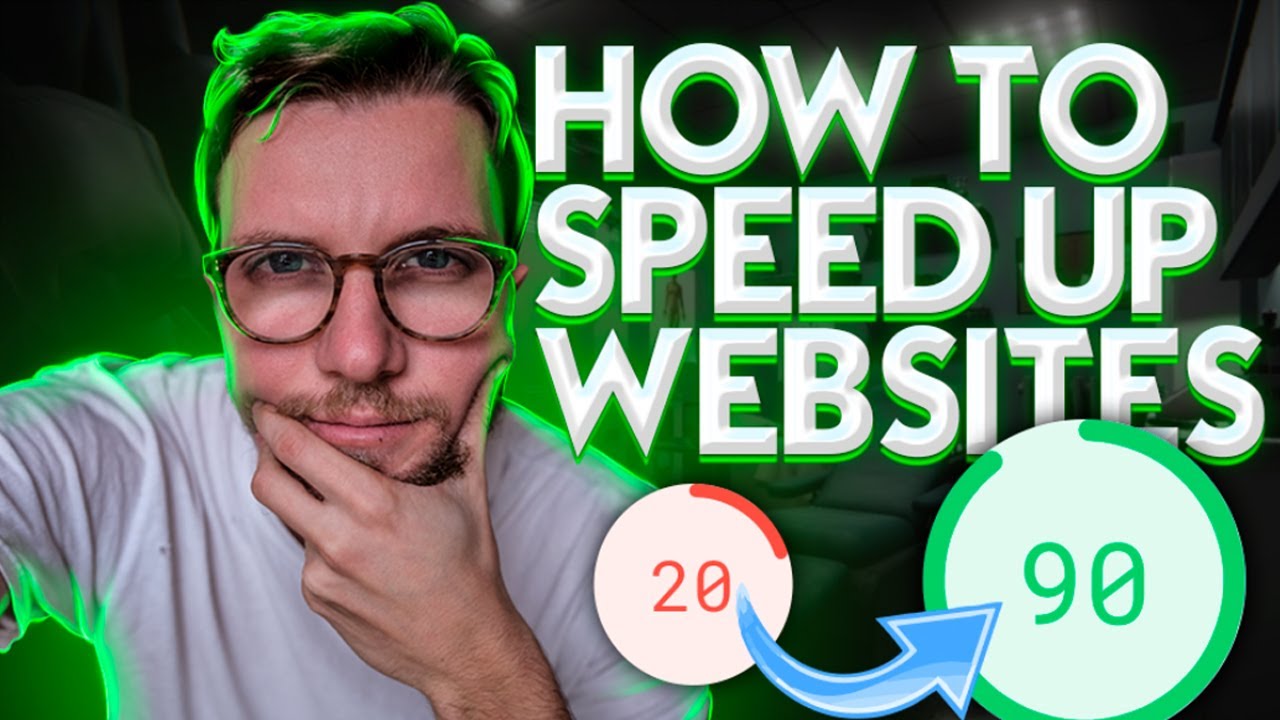
10 Ways to Make Websites FASTER
Page load time is a critical factor for on-page SEO, as slow-loading websites can harm the user experience and lead to high bounce rates. Here are some tips to improve your website's page load time:
- Optimize images and videos -Compress and optimize images and videos to reduce their file size and improve page load times.
- Minimize HTTP requests -Minimize the number of HTTP requests needed to load your website. This can be done by using CSS sprites, combining multiple JavaScript files, and minimizing the use of external scripts.
- Enable browser caching -Enable browser caching to reduce the amount of data that needs to be downloaded each time a user visits your website.
- Minimize redirects -Minimize the use of redirects on your website, as they can increase page load times.
- Use a content delivery network (CDN) -Use a CDN to distribute your website's content across multiple servers, which can help improve page load times and reduce server response times.
People Also Ask
What Are Some On-Page SEO Techniques?
Some on-page SEO techniques include conducting keyword research, optimizing page titles and meta descriptions, using header tags properly, including internal and external links, optimizing images, making your website mobile-friendly, improving page load time, and monitoring and analyzing your website's performance.
How Does On-Page SEO Differ From Off-Page SEO?
On-page SEO focuses on optimizing individual web pages, while off-page SEO focuses on optimizing external factors such as link buildingand social mediapresence.
How Important Is On-Page SEO?
On-page SEO is crucial for improving the visibility and ranking of your website in search engine results pages, attracting more relevant traffic, and ultimately drive more conversions.
Conclusion
On-page SEO is an important component of search engine optimizationthat can make a significant impact on your website's visibility and ranking. By implementing these on-page SEO tips, you can ensure that your website stands out in the competitive online world and achieves its desired goals.
